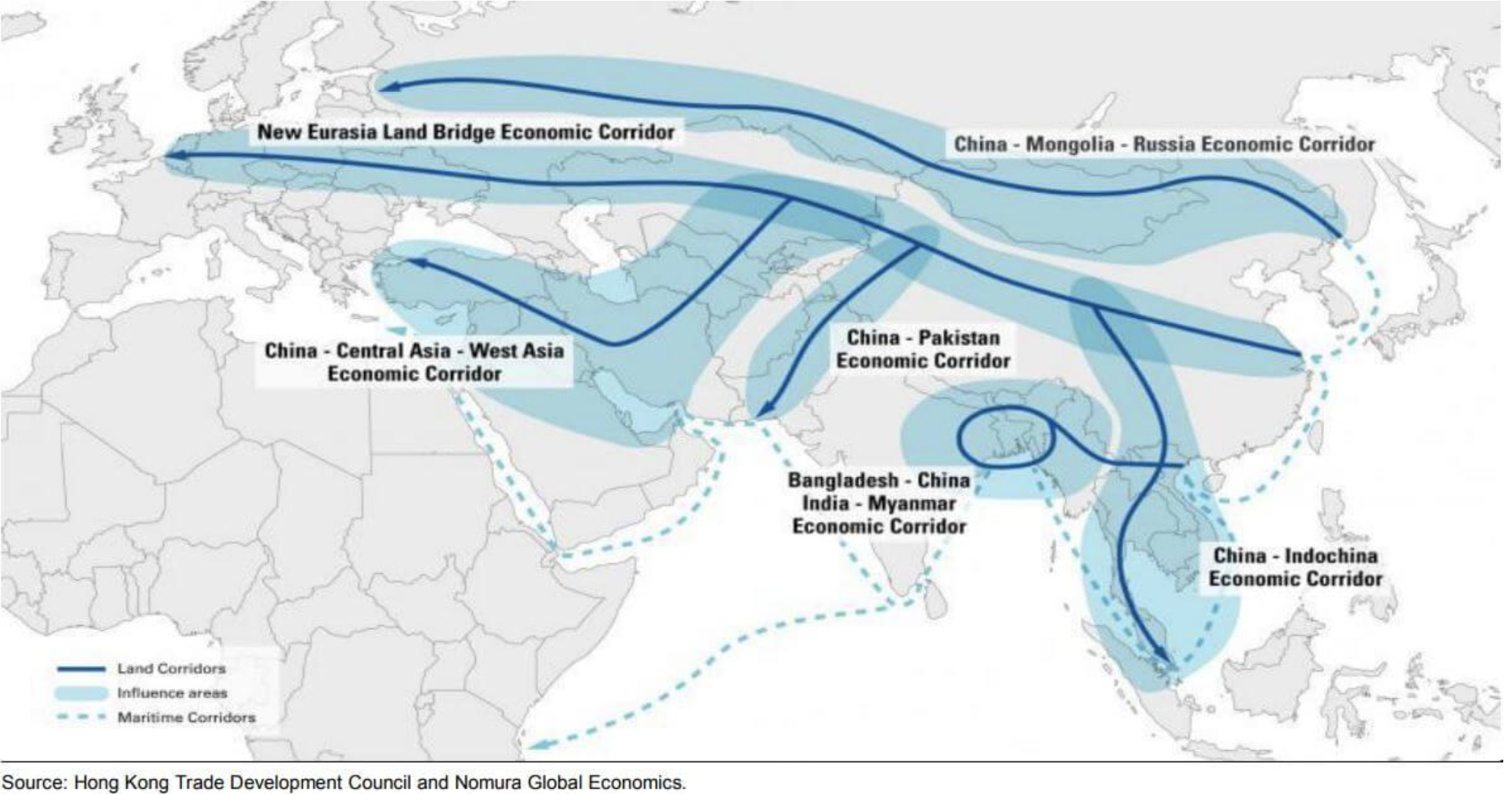Chinese President Leads Central Asian Summit to Kickstart 2022
Recent Articles
Author: Dante Schulz
02/03/2022
On January 25, Chinese President Xi Jinping chaired the Virtual Summit to Commemorate the 30th Anniversary of Diplomatic Relations Between China and Central Asian countries. The presidents of the five Central Asian republics were all in attendance. Xi underscored the importance of laying the foundation for a stable and lasting relationship between China and its western neighbors. The summit is the first major diplomatic action by China for Central Asia this year. This is also the highest-level summit with all presidents present for the discussion. The C5+1 format, which is used by the United States, has never included a U.S. president at the discussion. On a similar note, the most relevant meeting between Central Asian leaders and Moscow was through the Commonwealth of Independent States (CIS). Xi also pledged an additional $500 million in aid to the Central Asian republics as well as a plan to deliver 50 million more coronavirus vaccine doses. Central Asia has become the forefront of China’s foreign policy agenda over the past decade as it seeks to link a series of trade, transit, and energy routes across the Eurasian landmass to promote its economic development and support its partners and allies.
China has ramped up its economic prowess in Central Asia in the last half decade. President Xi launched his Silk Road Economic Belt in September 2013, designed to “forge closer ties, deepen cooperation, and expand the development space in the Eurasian region.” The Caspian region falls under the China-Central Asia-West Asia Economic Corridor, which is one of the six economic corridors designed to create a web of economic links originating in China. The Belt and Road Initiative (BRI) has become the impetus for Chinese outreach in the region and has contributed to a rapidly expanding relationship with Central Asia.

Chinese investment in Central Asia has grown substantially since 2000. According to the Chinese Embassy in Kazakhstan, Chinese entities have invested a total of $19.2 billion in the country between 2005-2020 and some 56 China-backed projects worth $24.5 billion are slated to reach completion by 2023. Similarly, China invested $338.05 million in resource-rich Kyrgyzstan in 2019, accounting for about half of the republic’s foreign direct investment (FDI). Beijing also comprised 47.3 percent and 26.2 percent of Tajikistan’s and Uzbekistan’s FDI flows respectively.
China’s hunger to secure reliable sources of hydrocarbons to fuel its growing population has contributed to this growth. The 2,277-mile-long Central Asia-China gas pipeline brings Turkmen natural gas to China’s Xinjiang Autonomous Region via Uzbekistan and Kazakhstan. In 2010, the year of completion, the pipeline transported 4.38 billion cubic meters of natural gas from the three participating Central Asian countries to China. Soaring gas prices domestically have precipitated a growing need to engage more closely with Turkmenistan to extract its natural gas reserves. Petroleum gas already makes up about 99.4 percent of all Turkmen exports to China. Furthermore, Turkmenistan is the only Central Asian republic to not suffer from a trade deficit with China. In fact, Ashgabat exported $7.2 billion worth of goods more to Beijing than Beijing exported to Ashgabat. Moreover, half of all Chinese investment in Kazakhstan is in oil and gas projects. Obtaining stable natural gas trading partners is a key priority for Beijing but enlarging its investment portfolio in Central Asia through business engagements in other sectors has also advanced this growth.
In Kyrgyzstan, a majority of Chinese investment is targeted at profiting from the country’s mining sector. However, a wave of fervent nationalism propagated by populist Kyrgyz President Sadyr Japarov has incited a growing wave of anti-Chinese sentiments against projects in the country. In 2020, China was forced to abandon its plans to construct a $275 million logistics center after local protests hampered completion. In 2021, Kyrgyzstan banned foreign companies from obtaining future mining project investments in the country, dealing a further blow to Chinese investors hoping to grow their businesses. President Xi’s warm remarks during the summit could be his way to defrost relations between Kyrgyzstan and China and encourage Bishkek to open up to Chinese investors.
The recent summit also held geopolitical undertones. The summit was held just two days before India’s first-ever summit with the Central Asian republics scheduled for January 27. Some Indian media sources have published stories of the coinciding virtual summits as “rival summits” or noting that the timing of both scheduled summits underscores a deeper Sino-Indian rivalry that has permeated into Central Asia. In addition, China hopes to skirt future unrest, like the two weeks of protests that gripped Kazakhstan earlier this month. Chinese Foreign Minister Wang Yi condemned the series of chaotic events and vowed to help Kazakhstani President Kassym Jomart-Tokayev fight the “three evil forces.” China has paid such close attention to the events in Kazakhstan because of its large investment portfolio in the country and the desire to maintain stability to protect its economic interests in Central Asia. The summit also sends a signal to Moscow that Beijing intends to remain a significant player in Central Asia, a region that has historically fallen under Russia’s purview.
China has deepened its economic and political ties with its Central Asian neighbors, and the recent summit reinforces the notion that it plans to continue this trend in 2022. Its enlarging investment portfolio in the region supports its domestic economic gains and promotes its image abroad. China is hoping that by pledging an additional $500 million in aid and 50 million coronavirus vaccines to the Central Asian republics, it can improve its image among the local populace. In addition, it supports its geopolitical goals by affirming its strong relations with Central Asia as other global powers attempt to make further inroads. This summit marks only the beginning of Chinese engagement in Central Asia in 2022. Further summits, discussions, and agreements are likely to follow.